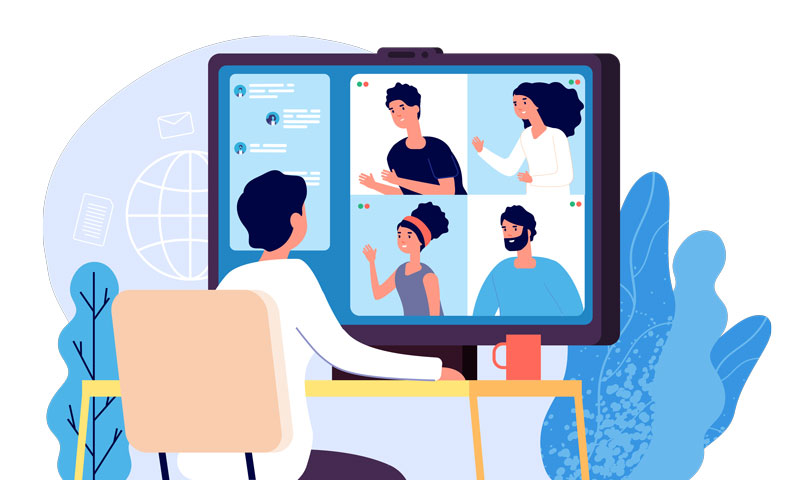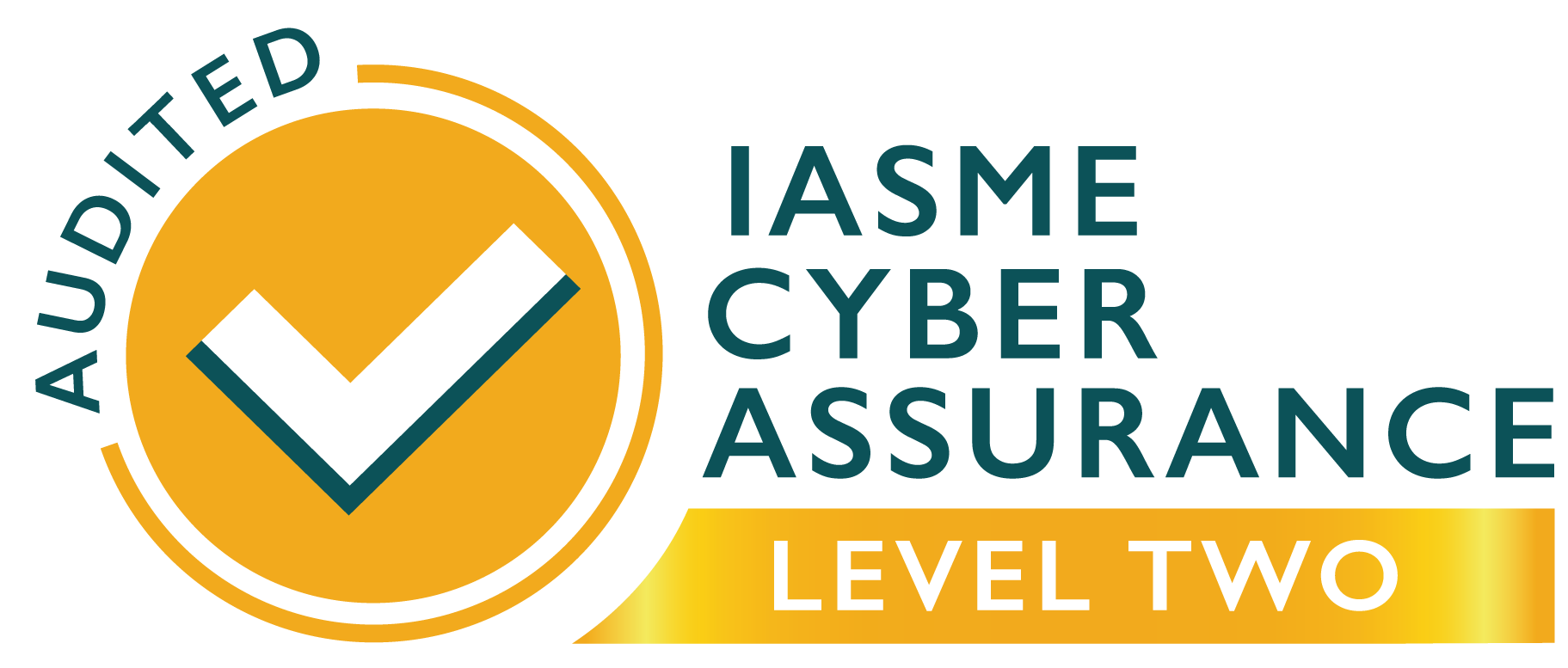
Online security when videoconferencing
Right now, video conferencing is the new “office meeting room”. The word ‘Zoom’ has entered our vocabulary and everybody is getting the hang of video meetings for both social and professional purposes.
There are all kinds of advantages to this but there are, however, also some security points to remember.
Beware of social engineering
If you have video switched on (as opposed to audio or text-based meetings), you are essentially allowing a viewer to see into your home. Even if you think you’ve cleared the background of anything that could be used for social engineering, all it takes is one slip-up and you could find yourself targeted.
Consider sticking to software designed for enterprise use
Consumer-grade software is unlikely to have the sort of tools you need to look down meetings effectively. Business-grade software probably will, but it’s down to you to learn how they work. It’s also down to you to remember to update your apps promptly so you get the benefit of security improvements.
MS Teams is respected and generally considered to be very security conscious. If you already use Microsoft tools in your business, it is just one easy further step to start incorporating Teams into your meeting schedule.
Learn how your video-conferencing software works
If there is one video-conferencing security tip that stands above all others, then this is probably it. A lot of video-conferencing issues boil down to users not understanding how to use the security features to protect themselves. For example, Zoom has come under fire for the fact that it seems to be so easy to interlope on its services, but this appears to be because so few of its meetings are protected by a password. Without password protection, anyone who knows your meeting number can pop in and share spam, porn, or be generally disruptive.
You could argue that in 2020 the modern workforce should be able to grasp IT basics such as passwords, but when people have a lot on their minds (both at work and in their personal lives), it’s easy to overlook extra steps, especially when you don’t normally need to take them. That’s why Zoom is working to update its security so that more features are turned on by default.
Microsoft, it has to be said, is somewhat ahead of the game here with MS Teams performing very well in terms of security. So is Slack. You might also want to look into using WhatsApp group calls, which are encrypted, though some are turned off by the Facebook ownership
Train your users to treat video conferences as confidential
This may be the second most important video-conferencing security tip there is. It is pointless locking down your meetings if your users happily share details such as links and passwords/PINs in casual communication. It’s bad enough if this is internal and even worse if it’s public-facing, such as on social media.
Similarly, if you record conferences, give each recording a unique name and think about how you store and/or share it. Screenshots of ongoing video conferences might look fun on social media, but be careful you don’t reveal anything that shouldn’t be shared publicly to the world.



